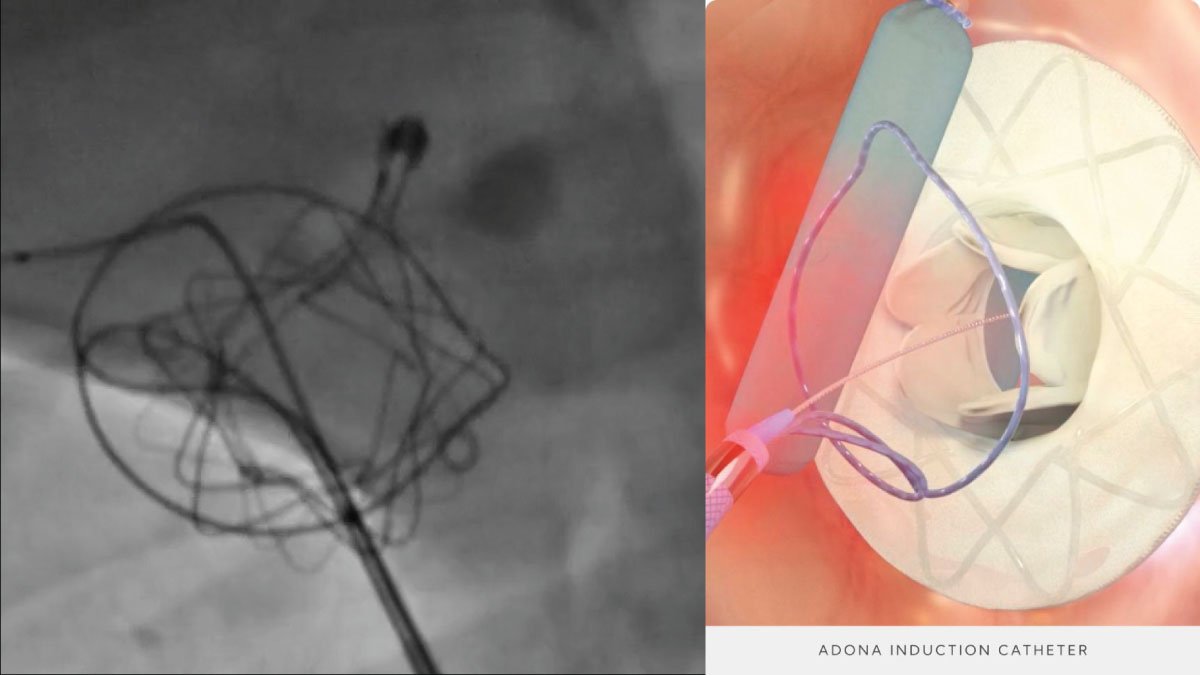Meiosis: The Key to Genetic Diversity in Sexual Reproduction

Meiosis is a fundamental biological process that provides genetic diversity in sexually reproducing organisms. It involves the division of each diploid cell undergoes two rounds of division to yield four haploid daughter cells. This process is necessary for the formation of gametes (sperms and eggs) and contributes to the variability observed in the offspring.
Meiosis occurs in two distinct phases:
- Meiosis I and
- Meiosis II.
Each stage has specific steps that carefully reduce the number of chromosomes and mix the genetic material.
Meiosis I
The first phase, meiosis I, begins with prophase I, where homologous chromosomes pair up and exchange genetic material in a process called crossover. This exchange creates new gene combinations that increase genetic diversity.
During metaphase I, these homologous chromosome pairs line up at the equator of the cell. In anaphase I, homologous chromosomes are pulled apart to opposite poles of the cell, ensuring that each new cell has one chromosome of each pair. Telophase I ends this phase with the formation of two new cells, each containing half the original number of chromosomes, but still in duplicate.
Meiosis II
- Meiosis II is very similar to mitosis where the sister chromatids of each chromosome are separated.
- In prophase II, the chromosomes condense again and form spindle fibers.
- In metaphase II, the chromosomes face the equator again, followed by
- Anaphase II, where the sister chromatids are finally pulled apart.
- Telophase II results in the formation of four genetically unique haploid cells, each with one set of chromosomes.
This complex process is crucial to maintaining the stability of a species’ chromosome number across generations. Without meiosis, organisms would not be able to maintain an even number of chromosomes, leading to genetic imbalance. In addition, it introduces genetic variation that is crucial for evolution and adaptation. Random selection of chromosomes and crossover during this process it creates new genetic combinations that increase the diversity of traits in a population.
Recent studies have clarified the mechanisms of meiosis and revealed the precise molecular interactions that control chromosome pairing and segregation. Understanding these details will help scientists understand genetic disorders and develop improved breeding techniques.
Conclusion:
Meiosis is a remarkable process that ensures the continuity and diversity of life. By producing genetically unique gametes, it lays the foundation for many of the characteristics found in sexually reproducing organisms. The study of meiosis not only deepens our understanding of genetics, but also opens up opportunities for the development of medicine. As research progresses, we continue to uncover the intricate details of this important process, highlighting its importance in biology and medicine.




















